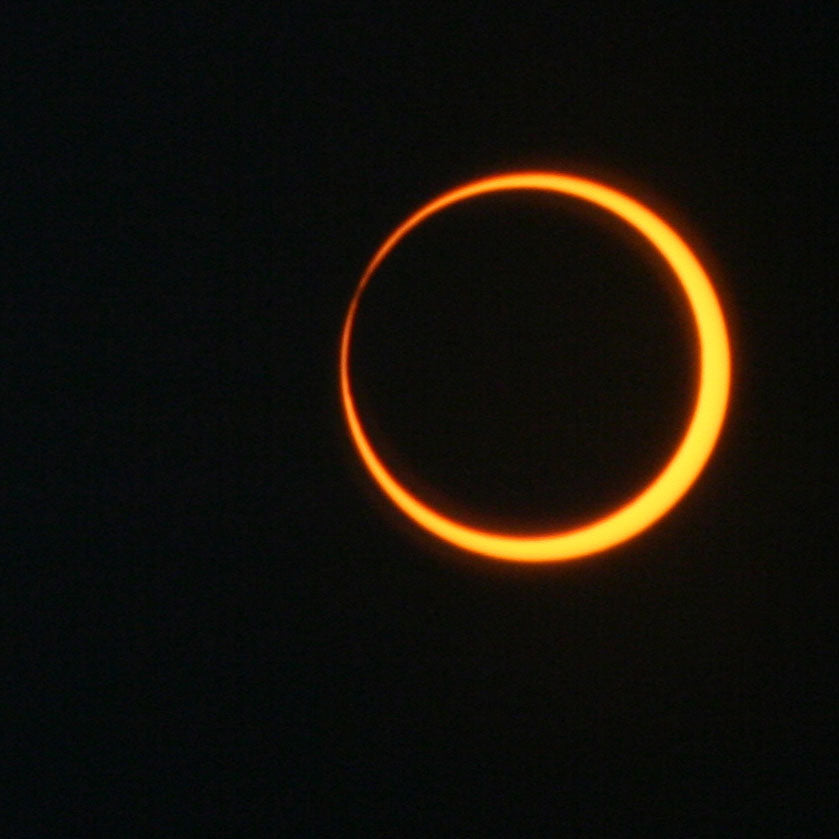Blinking our eyes is something we normally do without thinking about and seems inconsequential. But excessive blinking or too little blinking can possible indicate more serious health issues.
Our eyes are protected from dust and debris and kept moist when we blink. Normal blinking averages once every three to five seconds. A change in this frequency could be an indicator of one of these health conditions.
1. Grave's disease: This is an autoimmune disease, which causes teh body to produce to much of thyroid hormones, which is known as hyperthoroidism. Patients suffering from Grave's disease can develop thyroid eye disease, which causes the eyeballs to bulge due to the retraction of the eyelids. This causes a decrease in blinking and affects the protection of the eye and can scar the cornea.
2. Sjogren's syndrome: Like Grave's disease, this is also an autoimmune disorder but instead of a decrease in blinking, Sjogren's can increase blinking due to the "drying out" effect of the condition. While the cause of Sjogren's is unknown, it is more common in women and usually affects people between the ages of 40 and 60.
3. Parkinson's Disease: People suffering from Parkinson's are dealing with nerve cells that have stopped producing dopamine. Less dopamine can lead to less blinking.
If you have noticed a change in your blinking frequency, make an appointment with your doctor to discuss your symptoms and concerns. Your health can change with the "blink of an eye".














